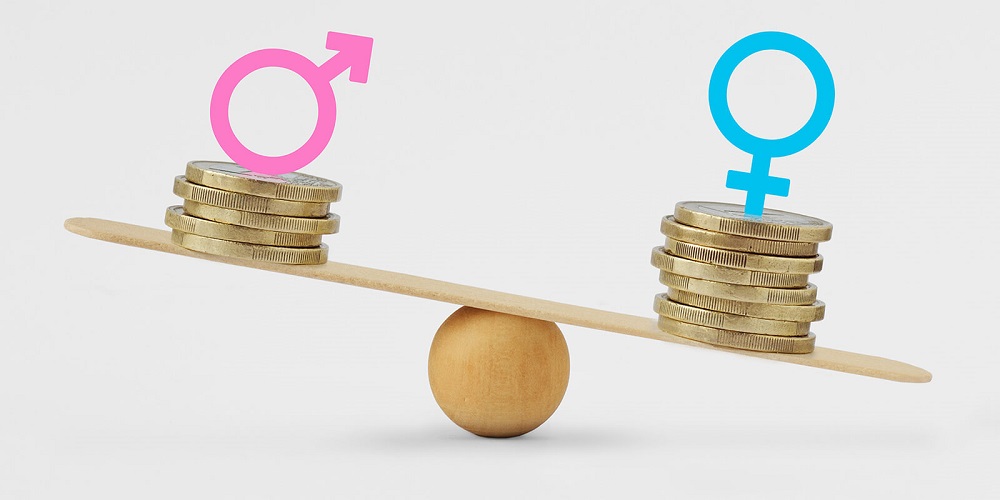The gender wage gap has long been a topic of concern and debate worldwide. Despite significant progress in gender equality, disparities in pay between men and women persist in many countries and across various industries. Below, we will delve into some important facts about the gender wage gap, its causes, and its implications for individuals and society.
Defining the Gender Wage Gap
The gender wage gap refers to the disparity in earnings between men and women. It is typically measured by calculating the difference in median earnings between the two genders annually. The gap is often expressed as a percentage, indicating how much women's earnings lag behind men's.

Jessica D. Winder/ Linkedin | The gender pay gap is the result of many factors, including race and ethnicity and even disability
The Magnitude of the Wage Gap
The size of the gender wage gap varies across countries. According to data from the Organization for Economic Cooperation and Development (OECD), in 2020, the average gender wage gap across its member countries was around 13.5%. This means that, on average, women earned 86.5% of what men earned. However, it's important to note that the gap can differ significantly between countries and within specific industries and occupations.
Contributing Factors
Multiple factors contribute to the persistence of the gender wage gap. One significant factor is occupational segregation, where women are overrepresented in lower-paying sectors and underrepresented in higher-paying fields, such as science, technology, engineering, and mathematics (STEM).
Stereotypes and societal expectations also play a role in influencing career choices and limiting women's advancement opportunities. Other factors include discrimination, lack of access to quality education and training, and the unequal distribution of caregiving responsibilities.

Kaiser/ iStock | The gender pay gap isn't just a women's issue—it's everyone's issue
The Motherhood Penalty
The gender wage gap tends to widen for women who become mothers. This phenomenon, known as the motherhood penalty, is characterized by lower wages and reduced career advancement opportunities for mothers compared to women without children and men.
It is partly due to biases and assumptions that motherhood negatively affects work commitment and productivity. The motherhood penalty highlights the intersectionality of gender and family responsibilities in relation to earnings.
Long-term Earnings and Retirement Savings
The gender wage gap has long-term implications for women's earnings and financial security. Lower wages throughout their careers result in reduced lifetime earnings and retirement savings.
As a result, women tend to have smaller pensions and face a higher risk of financial insecurity and poverty in old age than men. This disparity underscores the need to address the gender wage gap for economic well-being and long-term financial stability.

AOA/ Shutterstock | The average woman earns just 82 cents for every dollar earned by a man
Economic Impact
The gender wage gap affects individuals and has broader economic consequences. Studies suggest reducing the gender wage gap could increase economic growth and productivity.
When women's skills and talents are fully utilized and rewarded, it can contribute to innovation, competitiveness, and a more equitable distribution of wealth. Narrowing the gap could boost consumer spending, as higher earnings empower women to make more substantial economic contributions.
Efforts to Address the Gender Wage Gap
Numerous initiatives have been undertaken to address the gender wage gap. These include implementing pay transparency measures, promoting workplace flexibility and family-friendly policies, challenging stereotypes and biases, and providing equal education and training opportunities. Additionally, some countries have introduced legislation to enforce pay equity and prohibit gender-based wage discrimination.







